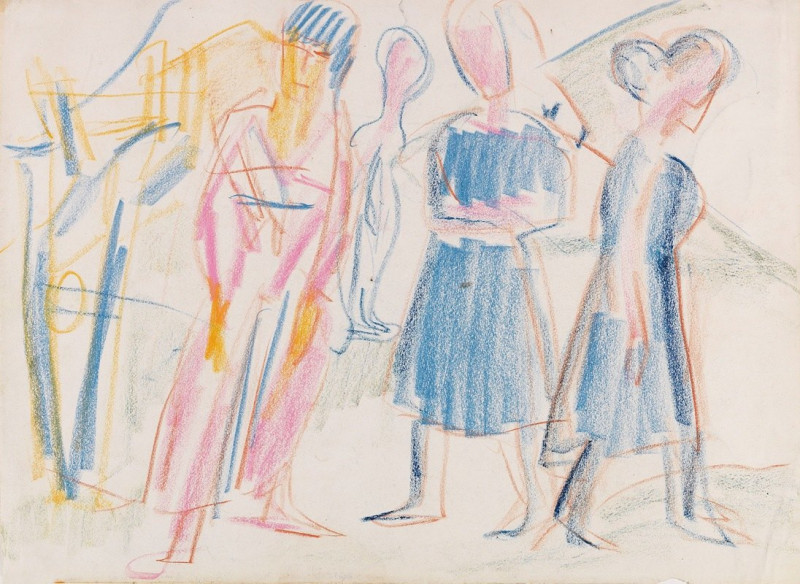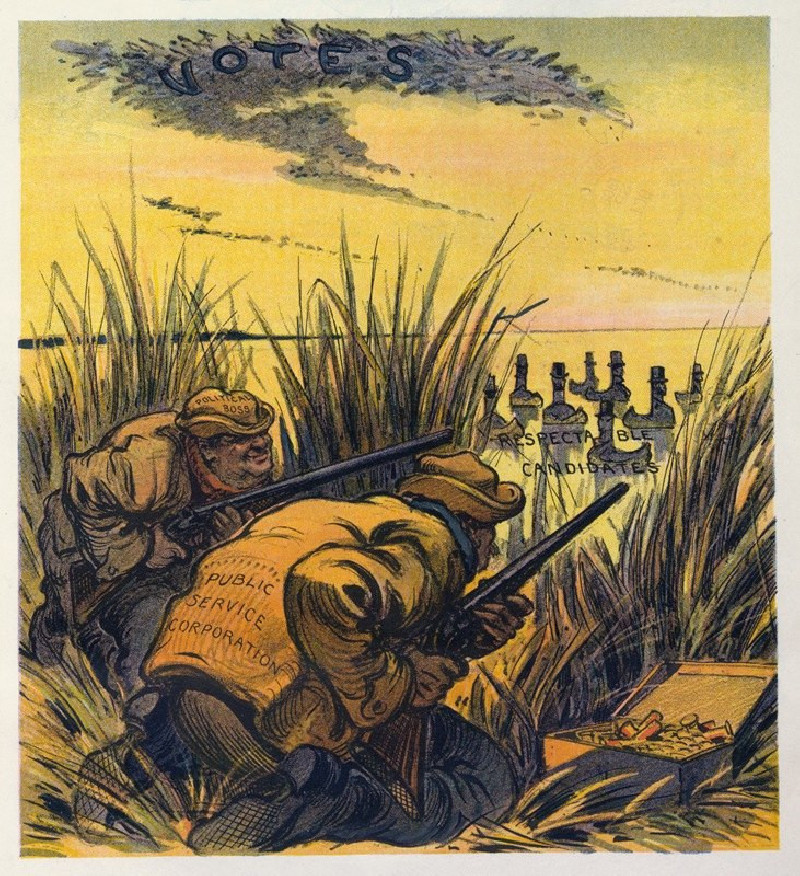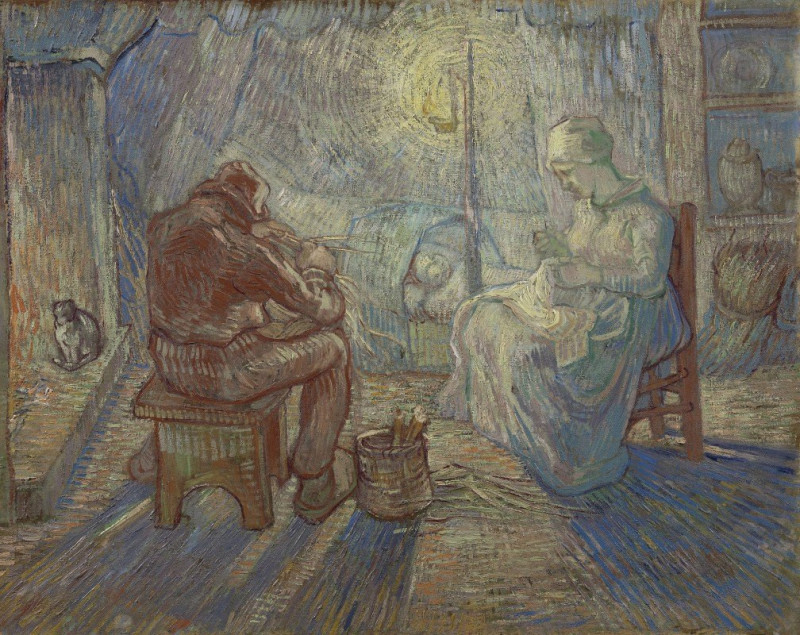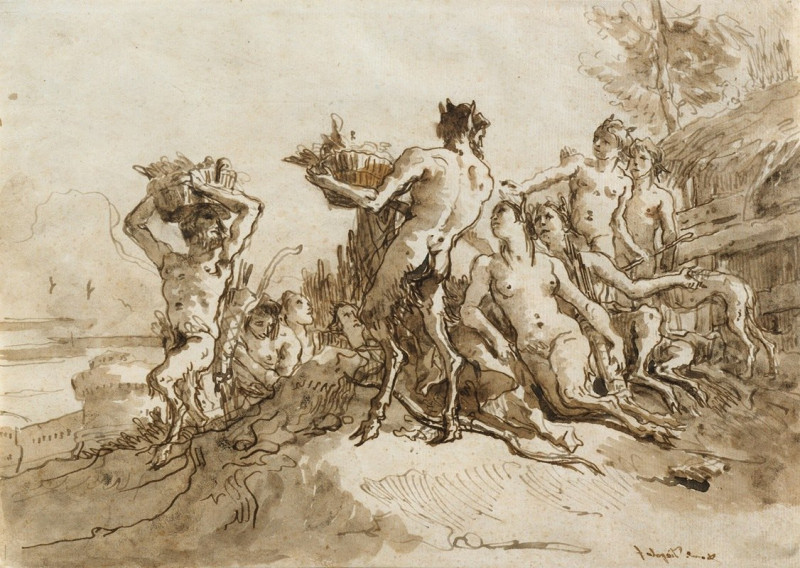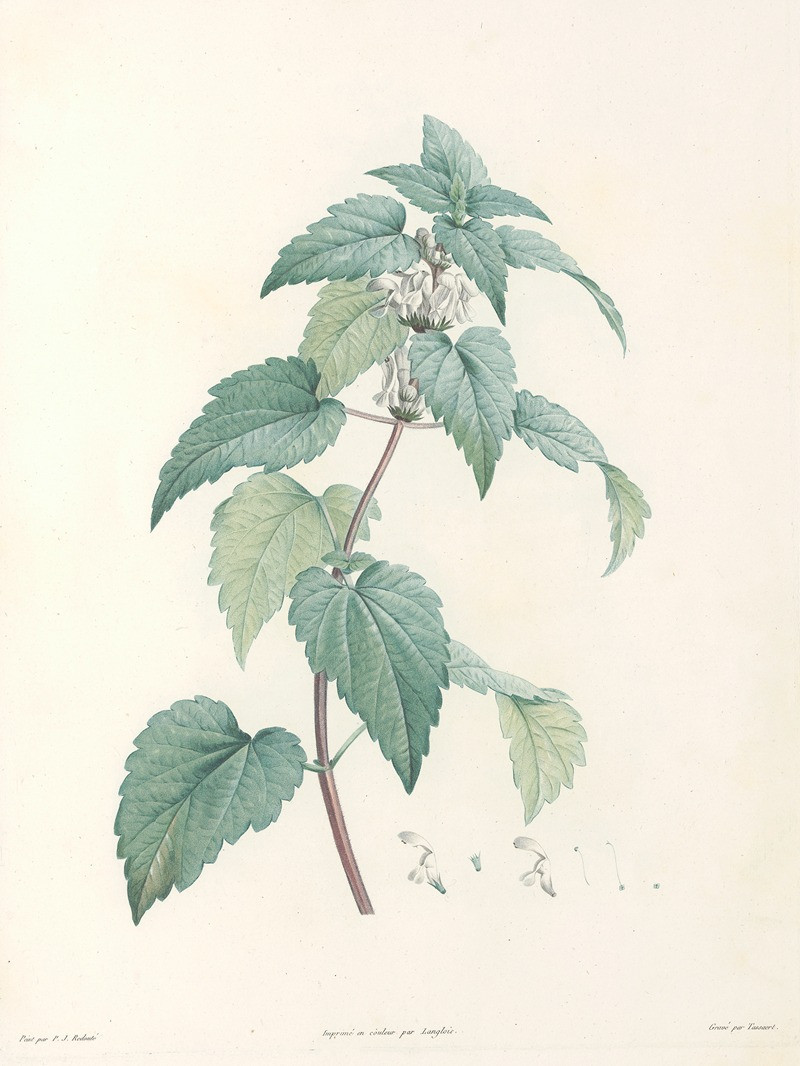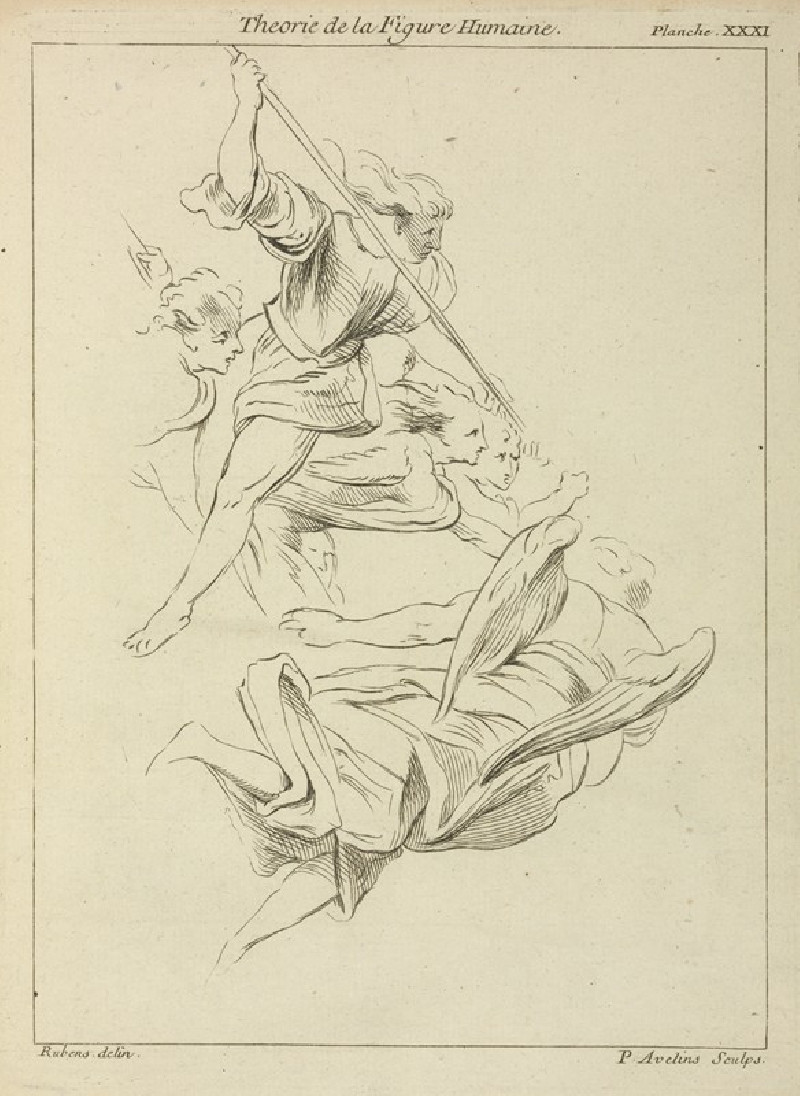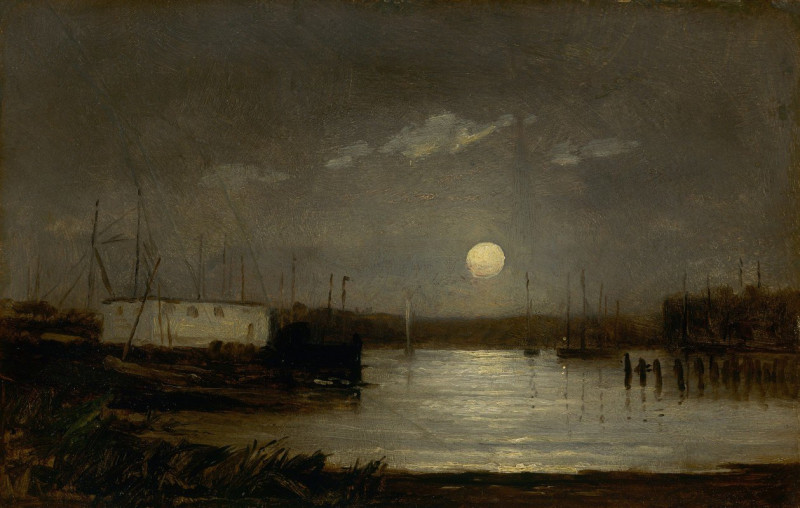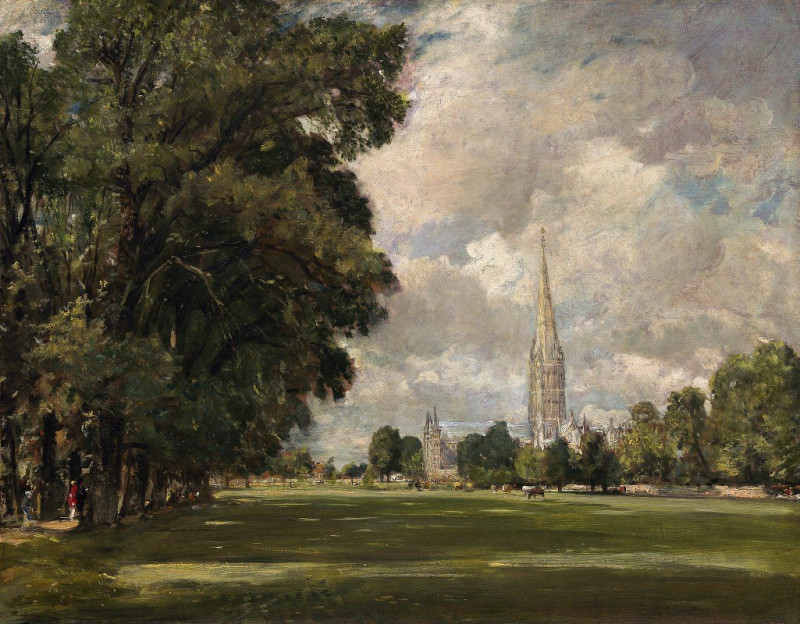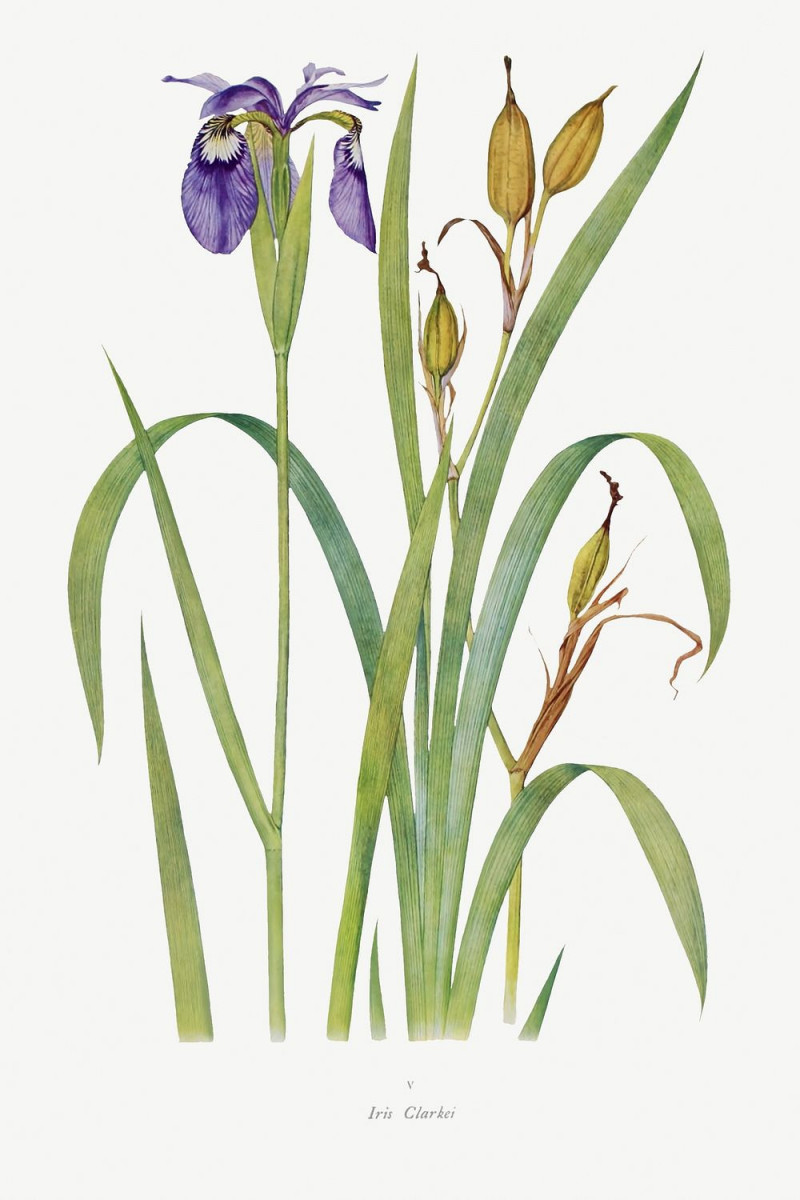Frauen in Landschaft (1925-1930)
Technique: Giclée quality print
Recommended by our customers
More about this artwork
Ernst Ludwig Kirchner, a prominent figure of the Expressionist movement, captures a vivid scene of simplicity and ethereal beauty in his celebrated work, "Frauen in Landschaft," painted between 1925 and 1930. This piece, characterized by its brilliant use of color and abstract forms, showcases a group of women engaging in what seems to be a serene, ordinary moment outdoors.The artwork features several female figures rendered in a dynamic, almost sketch-like manner, using an array of pastel hues that lend a dreamlike quality to the scene. The women, depicted in various stances and interactions, appear both connected yet individually distinct. The soft lines and overlapping forms suggest movement and a delicate interplay of relationships and space.Kirchner’s style here is less about precise detail and more about evoking emotion and atmosphere through color and form. Pastel blues, pinks, and yellows dominate the palette, suggesting a sense of openness and lightness that perfectly complements the outdoor setting. The background is minimally detailed, urging viewers to focus on the human figures and their abstract, flowing outlines that seem to mirror the fluidity of nature itself.This painting not only highlights Kirchner’s mastery in color and form but also encapsulates a moment in time that feels both fleeting and eternal.
Delivery
Returns
Ernst Ludwig Kirchner (1880–1938) was one of the most important German Expressionist painters. He was a co-founder of Die Brücke, a group of German expressionist artists formed in Dresden in 1905. Die Brücke and Kirchner took inspiration from Vincent Van Gogh and Edvard Munch, as well as African and Oceanic art. They used woodblock printing as a medium to showcase their signature style: flat, unrealistic images with vivid colors. The recurring themes in Kirchner's artworks included exotic cultures, faraway landscapes, self-portraits, dancers and Berlin street life. His paintings and prints effectively portrayed non-European cultures despite the fact that he never traveled outside of Europe.

